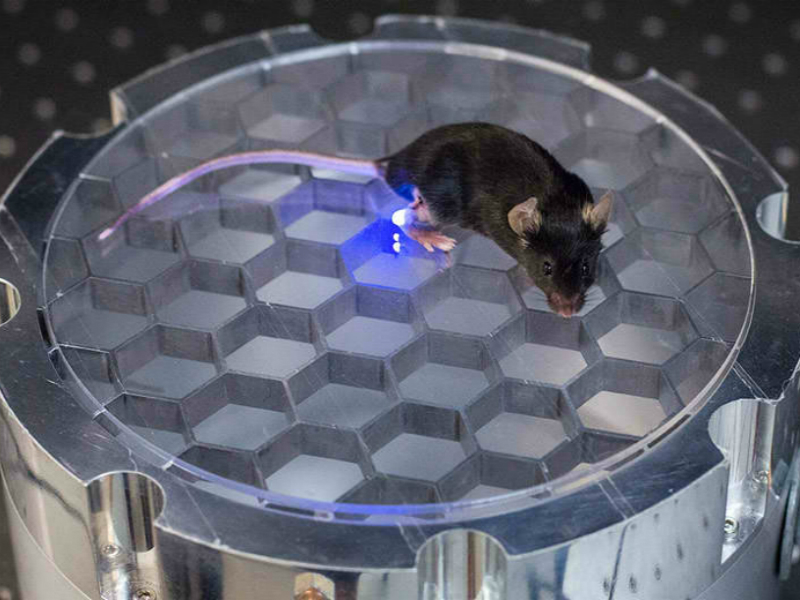-
Tips for becoming a good boxer - November 6, 2020
-
7 expert tips for making your hens night a memorable one - November 6, 2020
-
5 reasons to host your Christmas party on a cruise boat - November 6, 2020
-
What to do when you’re charged with a crime - November 6, 2020
-
Should you get one or multiple dogs? Here’s all you need to know - November 3, 2020
-
A Guide: How to Build Your Very Own Magic Mirror - February 14, 2019
-
Our Top Inspirational Baseball Stars - November 24, 2018
-
Five Tech Tools That Will Help You Turn Your Blog into a Business - November 24, 2018
-
How to Indulge on Vacation without Expanding Your Waist - November 9, 2018
-
5 Strategies for Businesses to Appeal to Today’s Increasingly Mobile-Crazed Customers - November 9, 2018
Researchers from Stanford University develop Devices driven by wireless light
Ada Poon, an assistant professor at Stanford, wanted to develop a way to deliver stimulation that was more sophisticated and less obtrusive to a mouse’s natural behavior.
Advertisement
The finding is also a major advance in the relatively new field of optogenetics, which tries to control brain activity through light stimuli.
This mouse’s own body transmits energy to an implantable device that delivers light to stimulate leg nerves in a Stanford optogenetics project. Using the device, scientists managed to manipulate the rodent’s spinal cord, peripheral nerve endings, and brain.
Thanks to the new LED chip, researchers now have a device that’s small enough to attach into a mouse’s skull, as well as other parts of its body.
Until now, optogenetics researchers have relied on external fibre optic cables to deliver light to a mouse’s brain and stimulate neurons. Another challenge is that researchers have to handle the mouse physically to attach the headgear before they can commence any form of experiment. This new invention led and developed by a scientist team at Stanford University believed that developing such device will give way for better future researches by offering a suppler and customizable design options for scientists. To prevent the chamber from radiating energy indiscriminately, it was overlaid with a grid with holes smaller than the wavelength of the energy stored inside. The breakthrough that made the tiny device possible came when Poon realised she could harness the mouse itself to channel power to its nerves. There, they have explained a way of using the bodily movements of mice for transferring radio frequency energy.
Although her initial work on the device was published, she was still unsure how to build a chamber to amplify and store the radio frequency energy.
Advertisement
Indeed, the researchers tell that this study could have the potential for more applications in the future, applications could involve experiments to improve mental health disorders, internal organ diseases, and disorders involving mobility. The device is small, and the mouse will have little discomfort added Poon. The cables were used in delivering light to its brain, however, the headgear, which needs to perform such procedure was large and bulky, making it hard for the mouse in navigating through closed spaces, burrowing under and between its fellow species so as they can sleep. For this, scientists have to either carefully inject protein DNA-carrying viruses into nerves as thick as dental floss or breed mice to specifically contain light-responsive proteins in certain nerve groups.





























